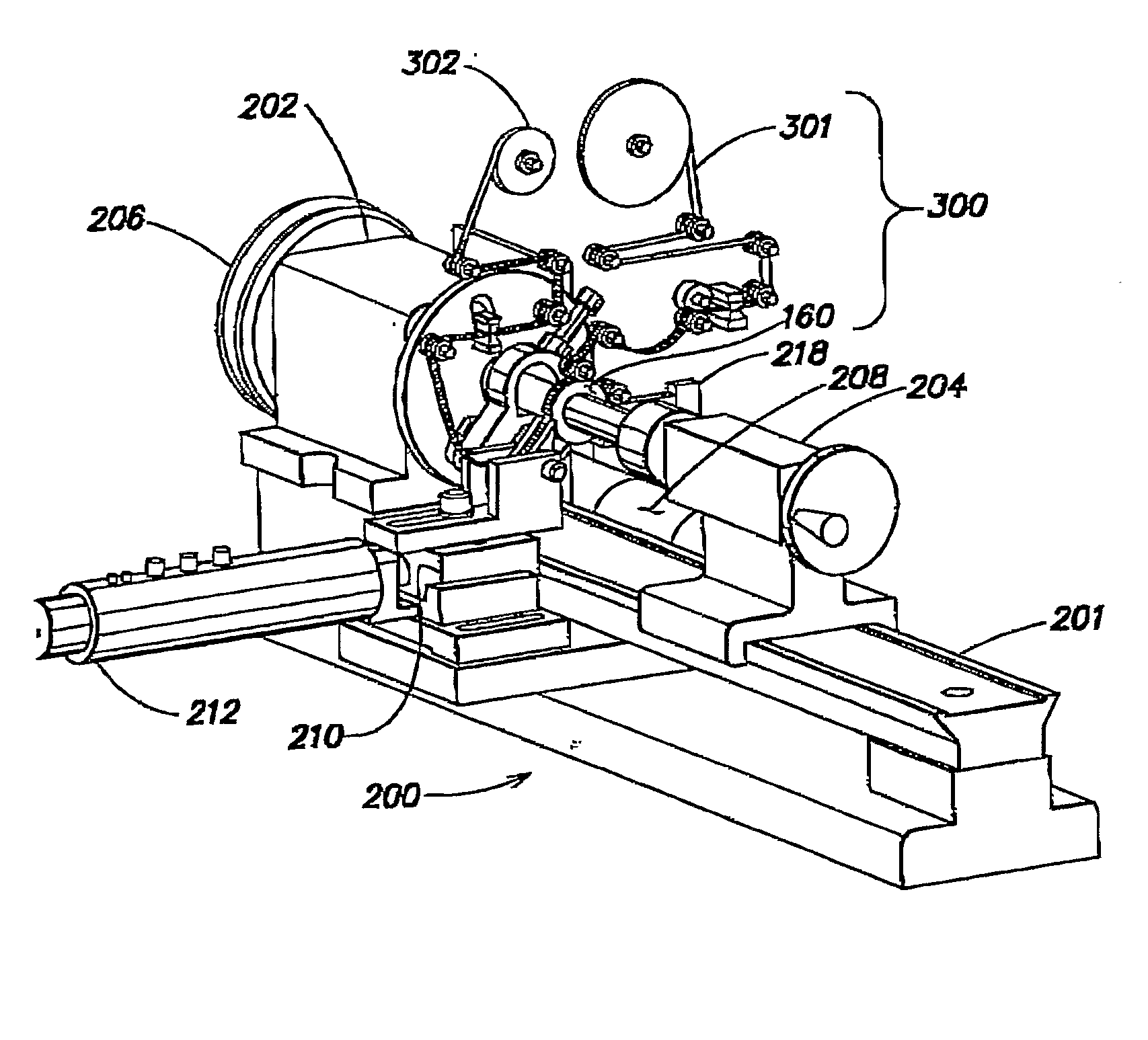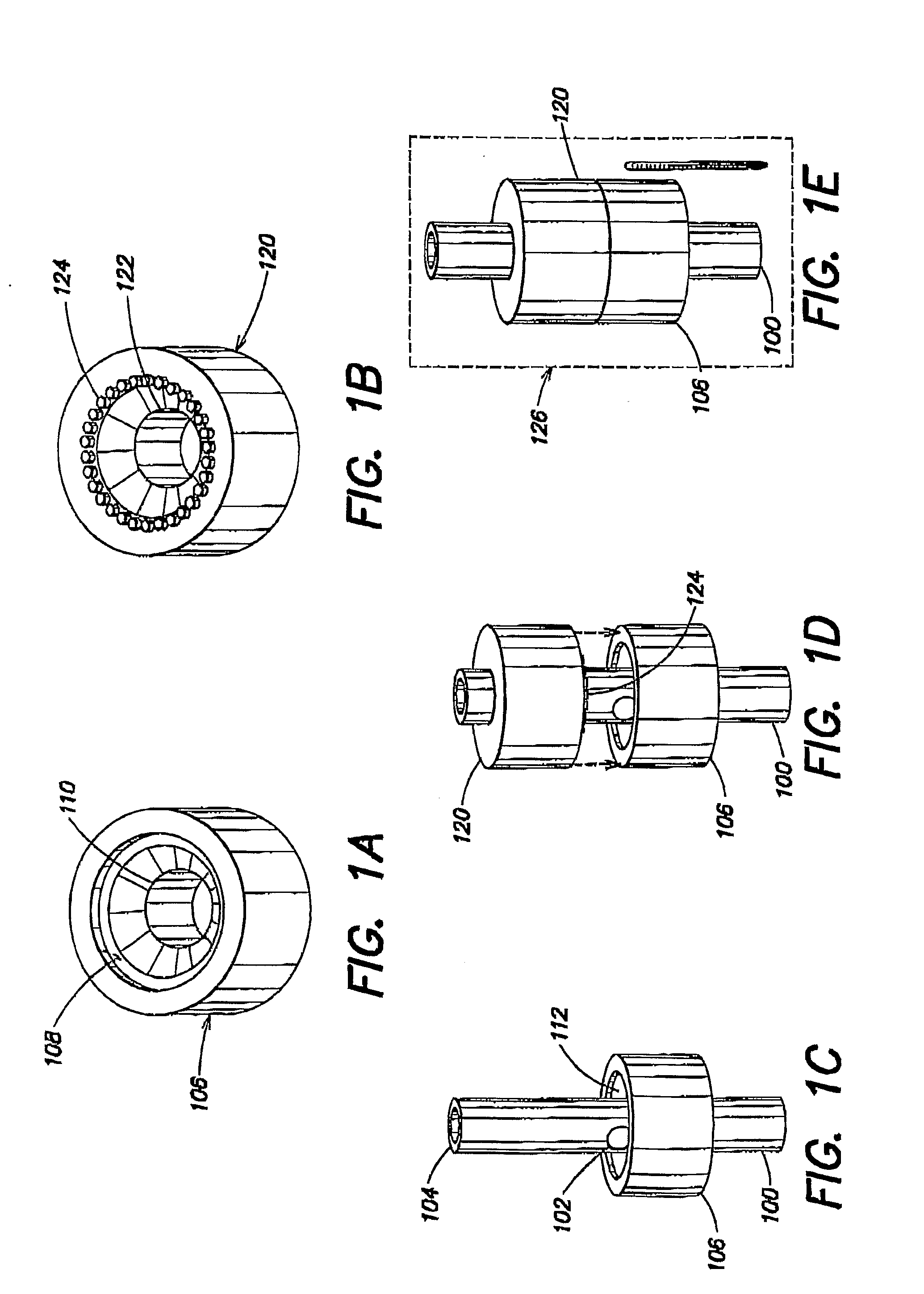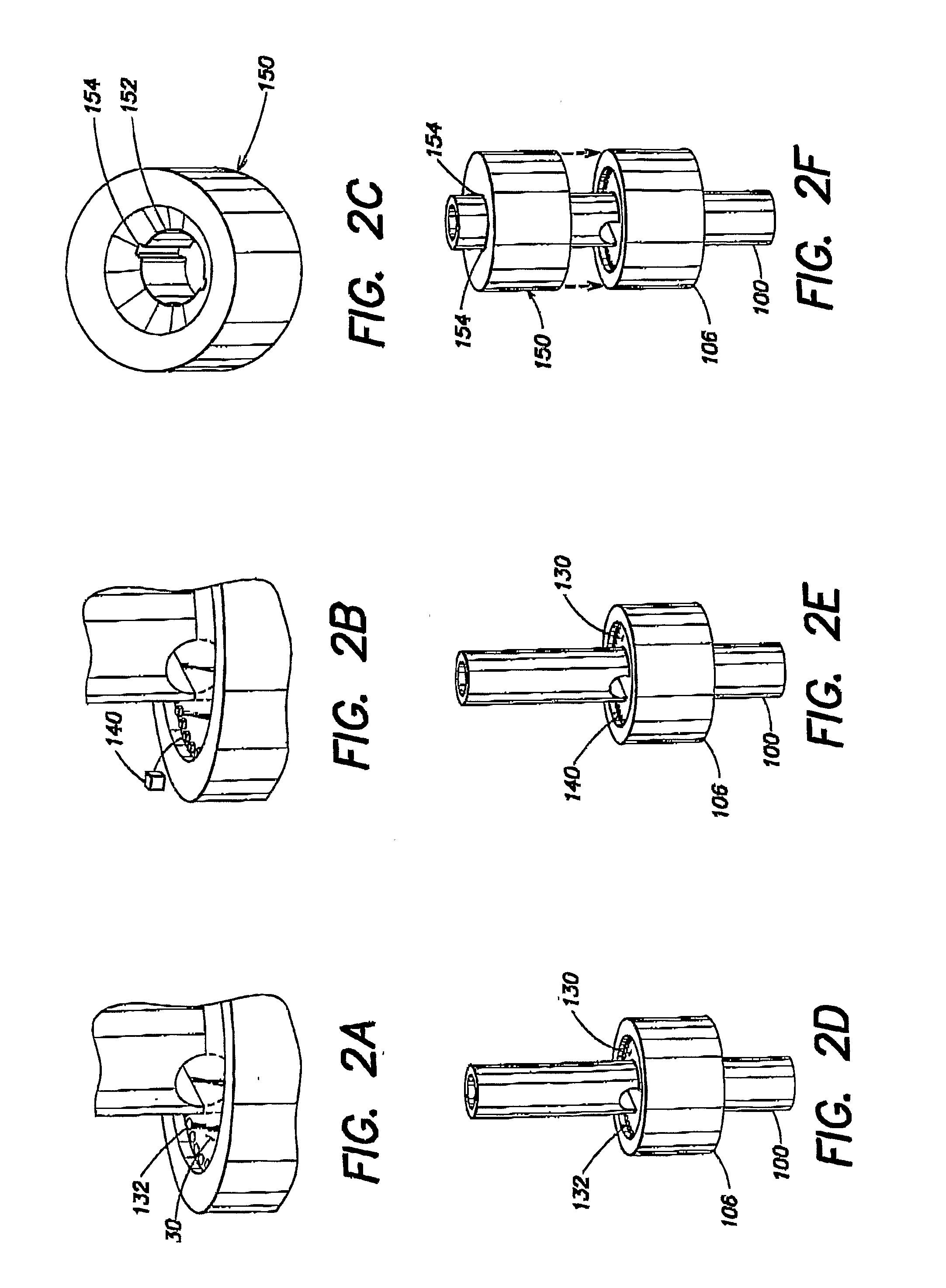Methods and apparatus for providing and processing sliced thin tissue
a tissue and tissue technology, applied in the field of methods and apparatus for providing and processing sliced thin tissue, can solve the problems of inability to address the needs of the larger community of neuroscientists, the inability to integrate the deluge of thousands of individual in vivo tracing experiments into a coherent whole, and the inability to achieve the goal of facilitating subsequent imaging of sliced thin tissue, facilitating fully automated production, collection, handling, imaging and storag
- Summary
- Abstract
- Description
- Claims
- Application Information
AI Technical Summary
Benefits of technology
Problems solved by technology
Method used
Image
Examples
Embodiment Construction
[0062]Following below are more detailed descriptions of various concepts related to, and inventive embodiments of, methods and apparatus according to the present disclosure for providing and processing sliced thin tissue. It should be appreciated that various aspects of the subject matter introduced above and discussed in greater detail below may be implemented in any of numerous ways, as the subject matter is not limited to any particular manner of implementation. Examples of specific implementations and applications are provided primarily for illustrative purposes.
[0063]One embodiment of the present invention discloses a device, an automated tape collecting lathe-ultramicrotome (“ATLUM”), and associated methods and apparatus for fully automating the collection, handling, and imaging of large numbers of serial tissue sections.
[0064]Classical TEM tissue processing and imaging methods begin by embedding an approximately 1 mm3 piece of biological tissue that has been fixed with mixed ...
PUM
| Property | Measurement | Unit |
|---|---|---|
| thickness | aaaaa | aaaaa |
| thickness | aaaaa | aaaaa |
| thickness | aaaaa | aaaaa |
Abstract
Description
Claims
Application Information
 Login to View More
Login to View More - R&D
- Intellectual Property
- Life Sciences
- Materials
- Tech Scout
- Unparalleled Data Quality
- Higher Quality Content
- 60% Fewer Hallucinations
Browse by: Latest US Patents, China's latest patents, Technical Efficacy Thesaurus, Application Domain, Technology Topic, Popular Technical Reports.
© 2025 PatSnap. All rights reserved.Legal|Privacy policy|Modern Slavery Act Transparency Statement|Sitemap|About US| Contact US: help@patsnap.com



